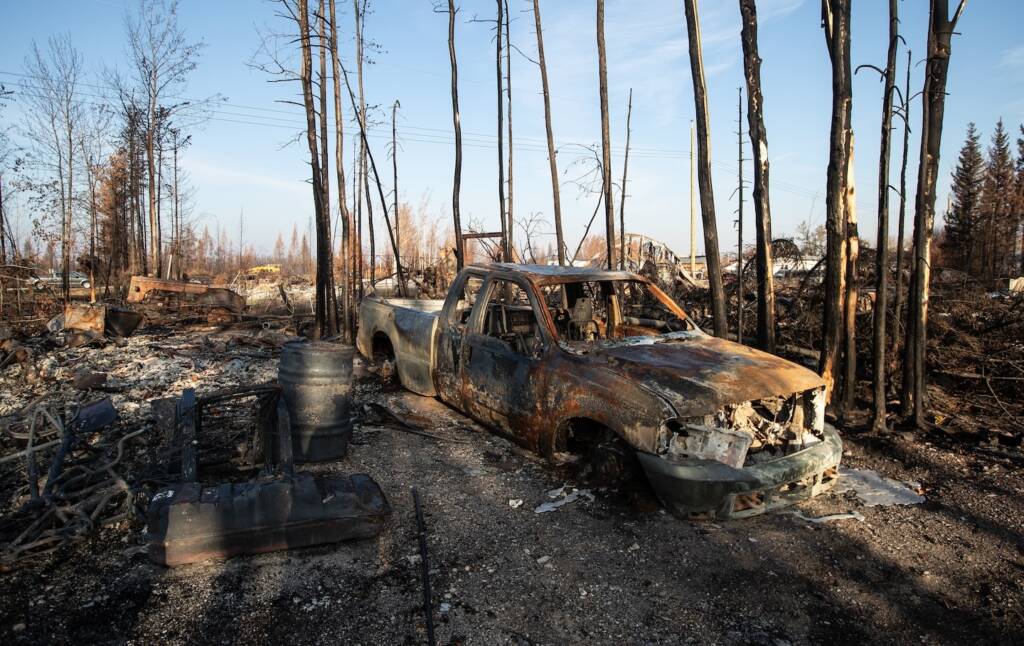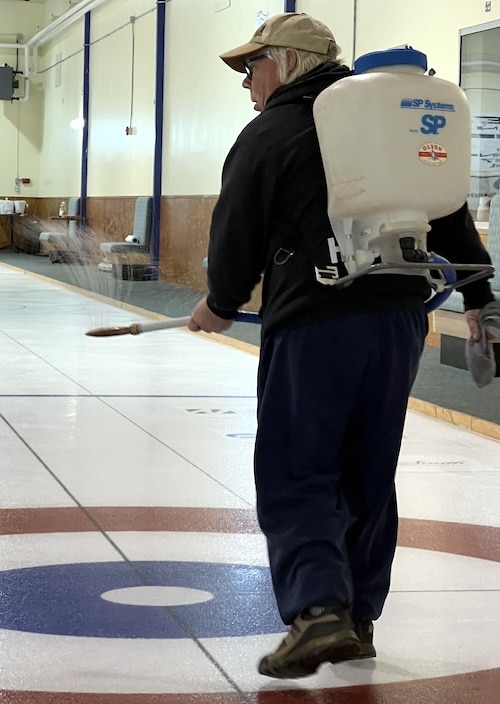
Northwest Territories curling community eager to return to area rinks
By DAVE KOMOSKY
Curling was the last thing on Janie Hobart’s mind when she first learned this spring that the North was under threat — again — from forest fires.
Concern came first.
Hobart, who lives in the North where hundreds of uncontrolled forest fires razed thousands of square kilometres every day, threatening homes, businesses, infrastructure and forcing evacuations this summer, quickly put fun things aside as she and others grappled with the dangers and coped with the fear.

Small northern communities have long endured fire threats, but this year was something else. An unusually early and intense start to wildfire season set Canada on track for its worst-ever year of unimaginable smoke and heat.
“Mother Nature can be a beast,” said Hobart, 68, who lives in the northern community of Fort Smith, Northwest Territories, hard by the Alberta border. “Any time there is a forest fire within two kilometres of your home, people are anxious,” she says. “The hospital in Hay River was within 500 metres of a fire. That’s not far. That’s five football fields.”
Hobart says thanks to heroic fire and support staff, there was only one loss of life (a firefighter) despite the severity of the fires.
The poisonous air has cleared now, and the northern communities are in the process of trying to turn summer chaos into winter order.
For Hobart, it’s a return to the Fort Smith Curling Club and Winter Sports Centre. It’s her comfort zone and the place where a network of familiar people help make things normal — and fun — again. She’s anxious for the season to get started and resume her role as director of curling competitions for the Northwest Territories.

There are four clubs in the North with artificial ice plants: Hay River, Fort Smith, Inuvik and Yellowknife. None of them were damaged in the fires. However, the crises did set back work on getting them back in operation. Inuvik and Yellowknife are back up and running but Fort Smith and Hay River are slowing putting in their ice now.
Northern curling clubs rely on volunteers but many had other things on their plate after the fires.
“Because everybody was out of the community for such a long time,” says Hobart, “when they got back their priorities were getting back to work, getting their kids in school, making sure insurance claims were filed. Generally getting their personal life in order.”
Helping out at the curling club took a back seat.
Jeff O’Keefe, president of the Fort Smith club, said its plant is running, but here is still lots of work to do and volunteers are at a premium.
“We got the plant turned on early but it is taking us longer this year to build the ice,” says O’Keefe. “That’s because there’s a lot going on, obviously. We don’t have the time to put two floods in a day like we used to, and now we’re down to one.
“What was a bit more challenging for us was the fact that our Jet Ice tanks and our blades didn’t get sent out because of the fires. It took a little longer to get them back.”
Hobart says curling, gym clubs and other recreation are important for the northern communities hurt by the fires.
“Some people had to drive through those fires,” she says. “Those scenes will never leave them. So having a recreation opportunity assists in their mental health.”
The North, said Hobart, refuses to buckle under extreme hardship. She says clubs in the Northwest Territories did not shut down as many other Canadian clubs did during COVID-19, instead carrying on after implementing safety measures ordered by public health officers.
“The Northwest Territories was the only jurisdiction in Canada that ran just about every one of its championships,” she says.



